Top 10 Vegetables Highest in Zinc

Zinc is an essential mineral found in over 300 enzymes. (1) Zinc is needed for wound healing, immune system function, building proteins and DNA, fertility in adults, and growth in children. (2,3) Zinc is also needed for maintaining the senses of smell and taste. (4)
The daily value (DV) for zinc is 11mg per day. (5) This is a target intended for the general population, but some people may have different needs for zinc based on their age, gender, diet, or medical factors.
People on a plant-based diet should aim to consume about 50% more zinc than those in the general population. This compensates for the lower bioavailability of zinc from many plant sources. (6)
Vegetables high in zinc include shiitake mushrooms, green peas, spinach, lima beans, lentil sprouts, asparagus, beet greens, broccoli, okra, and sweet corn.
Below is a list of high zinc vegetables ranked by common serving size, for more see the list of high zinc foods for vegans and vegetarians, high zinc fruits, high zinc nuts.
List of Vegetables High in Zinc
-
 1. Shiitake Mushrooms + Add
1. Shiitake Mushrooms + Add
Zinc
per Cup CookedZinc
per 100gZinc
per 200 Calories1.9mg
(18% DV)1.3mg
(12% DV)4.8mg
(43% DV)Other Mushrooms High in Zinc
- 12% DV zinc per cup of white button mushrooms
- 12% DV per cup of morel mushrooms
- 9% DV per cup of crimini mushrooms
-
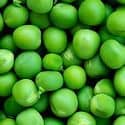 2. Green Peas + Add
2. Green Peas + Add
Zinc
per Cup CookedZinc
per 100gZinc
per 200 Calories1.9mg
(17% DV)1.2mg
(11% DV)2.8mg
(26% DV) -
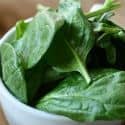 3. Spinach + Add
3. Spinach + Add
Zinc
per Cup CookedZinc
per 100gZinc
per 200 Calories1.4mg
(12% DV)0.8mg
(7% DV)6.6mg
(60% DV) -
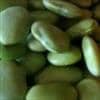 4. Lima Beans + Add
4. Lima Beans + Add
Zinc
per Cup CookedZinc
per 100gZinc
per 200 Calories1.3mg
(12% DV)0.8mg
(7% DV)1.3mg
(12% DV) -
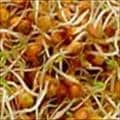 5. Lentil Sprouts + Add
5. Lentil Sprouts + Add
Zinc
per Cup CookedZinc
per 100gZinc
per 200 Calories1.2mg
(11% DV)1.5mg
(14% DV)2.8mg
(26% DV)More Sprouts High in Zinc
- 11% DV in 1 cup of pea sprouts
- 9% DV in 1 cup of cooked soybean sprouts
- 5% DV in 1 cup of mung bean sprouts
-
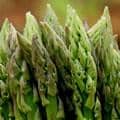 6. Asparagus + Add
6. Asparagus + Add
Zinc
per Cup CookedZinc
per 100gZinc
per 200 Calories1.1mg
(10% DV)0.6mg
(5% DV)5.5mg
(50% DV) -
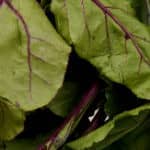 7. Beet Greens + Add
7. Beet Greens + Add
Zinc
per Cup CookedZinc
per 100gZinc
per 200 Calories0.7mg
(7% DV)0.5mg
(5% DV)3.7mg
(34% DV) -
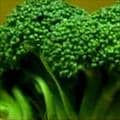 8. Broccoli + Add
8. Broccoli + Add
Zinc
per Cup CookedZinc
per 100gZinc
per 200 Calories0.7mg
(6% DV)0.5mg
(4% DV)2.6mg
(23% DV) -
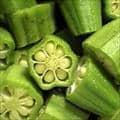 9. Okra + Add
9. Okra + Add
Zinc
per Cup CookedZinc
per 100gZinc
per 200 Calories0.7mg
(6% DV)0.4mg
(4% DV)3.9mg
(36% DV) -
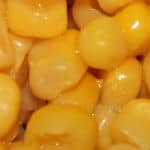 10. Sweet Corn + Add
10. Sweet Corn + Add
Zinc
per Cup CookedZinc
per 100gZinc
per 200 Calories0.7mg
(6% DV)0.5mg
(4% DV)1.1mg
(10% DV)
Printable One Page Sheet
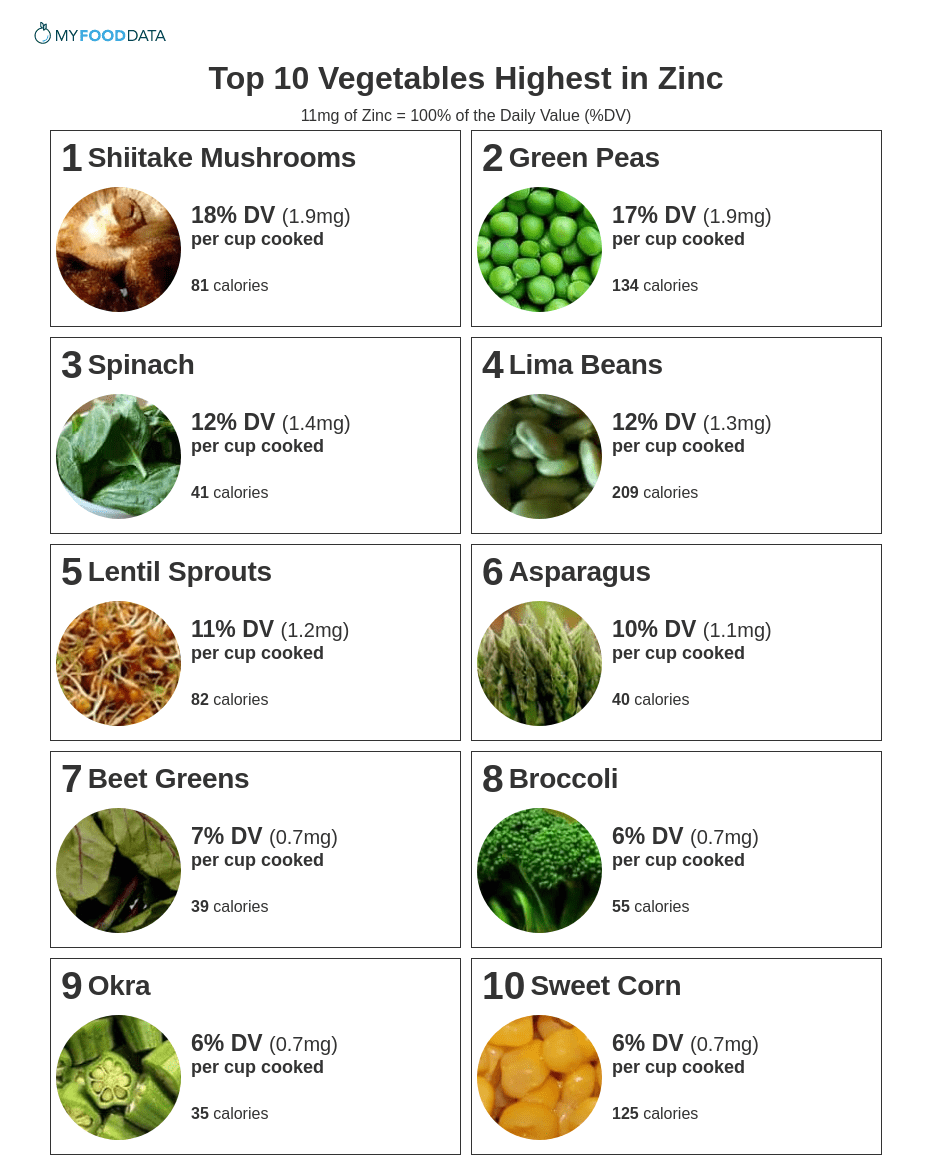
From the Nutrient Ranking Tool
Use the ranking tool links below to select foods and create your own food list to share or print.
- Foods High in Zinc
- Foods Low in Zinc
- Vegetables High in Zinc
- Fruits High in Zinc
- Vegetarian Foods High in Zinc
- Nuts High in Zinc
- Grains High in Zinc
- Beans High in Zinc
- Dairy High in Zinc
- Breakfast Cereals High in Zinc
- Fast Foods High in Zinc
View more nutrients with the nutrient ranking tool, or see ratios with the nutrient ratio tool.
Related
Data Sources and References
- Lesburg CA, Huang C, Christianson DW, Fierke CA. Function and mechanism of zinc metalloenzymes Biochemistry. 1997 Dec 16;36(50):15780-91. doi: 10.1021/bi971296x. 9398308
- Cai C, Lin P, Zhu H, Ko JK, Hwang M, Tan T, Pan Z, Korichneva I, Ma J. Zinc in Wound Healing Modulation J Biol Chem. 2015 May 29;290(22):13830-9. doi: 10.1074/jbc.M114.620690. Epub 2015 Apr 13. 25869134
- Wellinghausen N, Rink L. Zinc and the immune system J Leukoc Biol. 1998 Nov;64(5):571-7. doi: 10.1002/jlb.64.5.571. 9823760
- Wagner PA. Zinc and the special senses Geriatrics. 1985 Mar;40(3):111-3, 117-8, 124-5. 3972248
- U.S.FDA - Daily Value on the New Nutrition and Supplement Facts Labels
- Agnoli C, Baroni L, Bertini I, Ciappellano S, Fabbri A, Papa M, Pellegrini N, Sbarbati R, Scarino ML, Siani V, Sieri S. Zinc and vegetarian diets Nutr Metab Cardiovasc Dis. 2017 Dec;27(12):1037-1052. doi: 10.1016/j.numecd.2017.10.020. Epub 2017 Oct 31. 29174030
Simplify Nutrition Tracking with MyFoodData!
Speedy Tools and Detailed Data FREEEasily analyze your meals to find the best foods for your goals.
✅ Use our recipe nutrition calculator and nutrition comparison tool.
✅ Access expert nutrition data tools and in-depth articles.
✅ Log foods and organize your recipes with a free account.


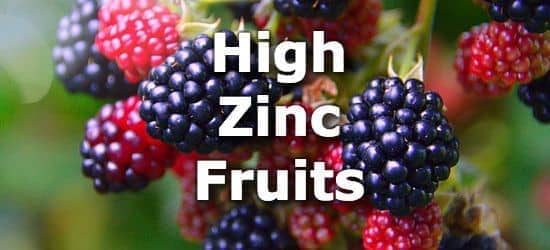 Next ➞
Next ➞
